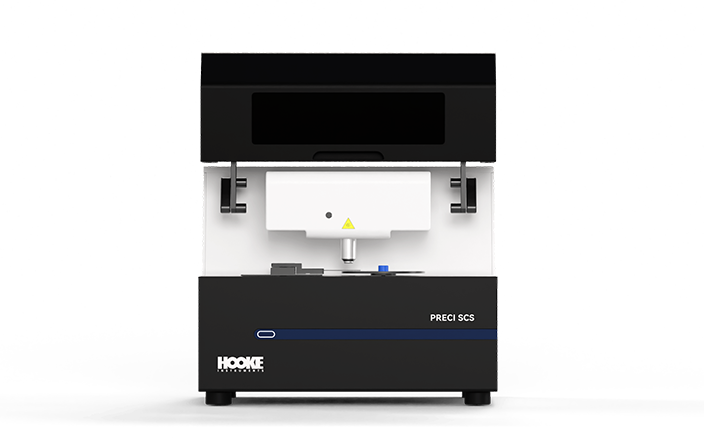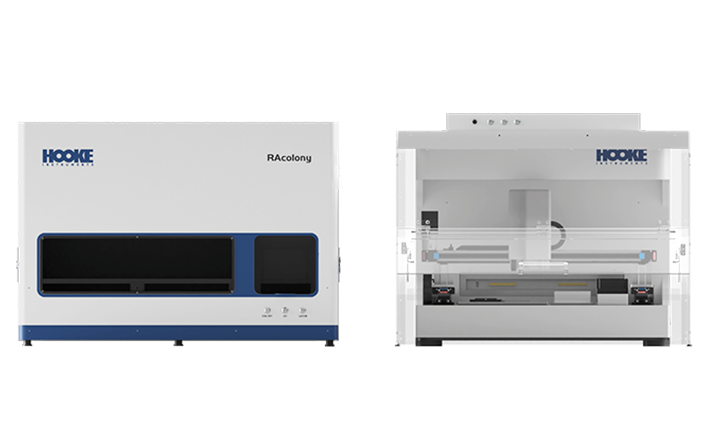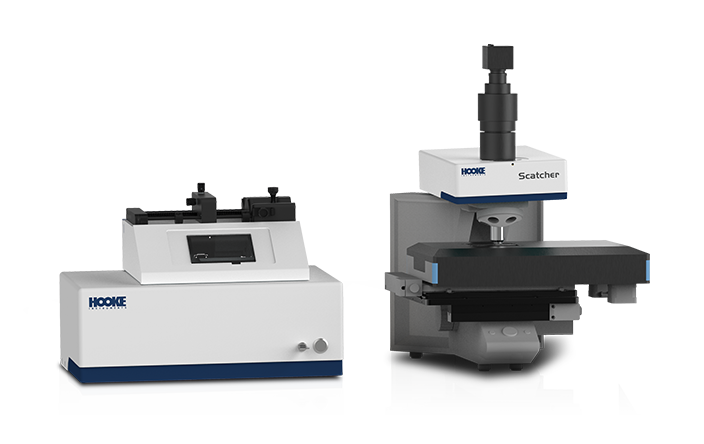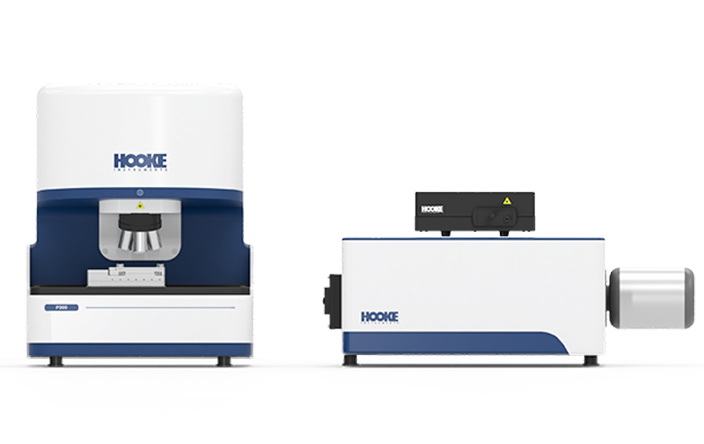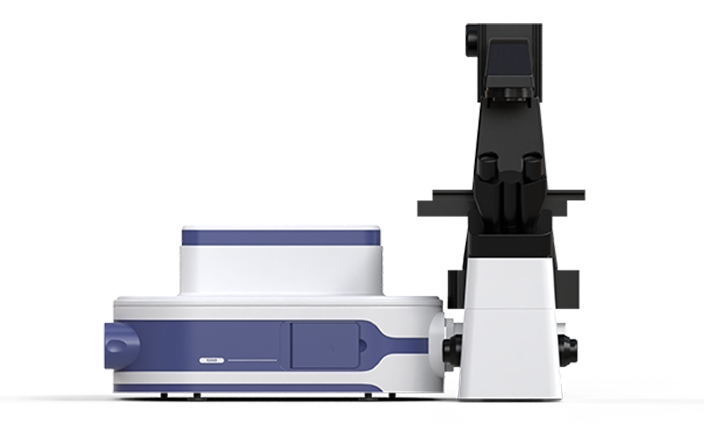Hooke Instruments Ltd. has developed a multidimensional and multiscale microbial screening platform to address the research challenge of uncultured microorganisms. This platform significantly enhances the recovery of low-abundance bacteria strains, improve screening efficiency, and remains unaffected by impurity interference. As a result, it enables the targeted and efficient screening and culture of functional microbiota.
-
Precision-Targeted Screening

-
Efficient In-Situ Dereplication

-
Multimodal Identification

-
End-to-End Solutions


New Approaches to Microbial Resource Development
For culturable microorganisms, the platform is capable of collecting and analysis micro images of colonies in situ on the culture dish. Based on the phenotypic information of these colonies, accurate, objective, and automated "de-replication" of bactria strains can be achieved, greatly improving the efficiency of strain screening.
For uncultured microorganisms, our system enables culture-free, single-cell phenotypic identification and sorting, allowing for the characterization of each microbial cell within its native community.
Multimodal and Cross-Scale Microbial Screening Platform

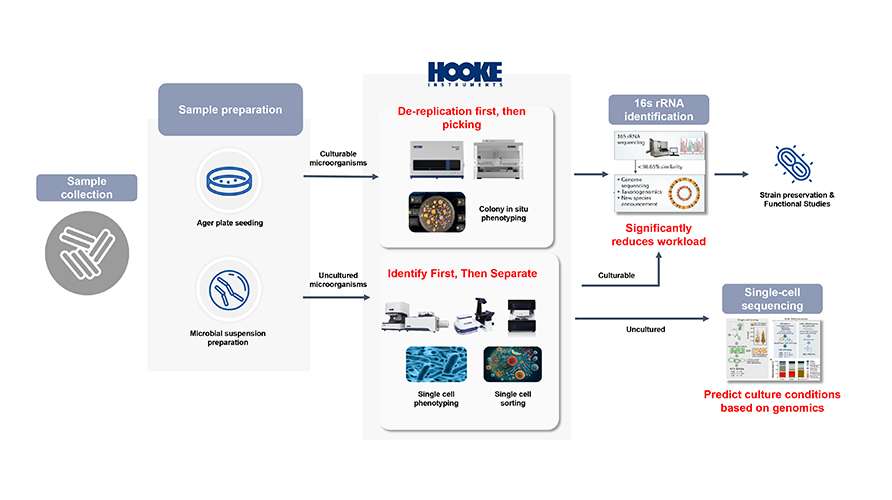
Hooke Instruments Ltd. has developed a multi-modal, multi-scale microbial screening platform. The platform achieves multi-modal characterization of both single cells and single colonies by integrating morphological observation, fluorescence labeling, and Raman spectroscopy detection. Additionally, it enables automated single-cell and single-colony screening, addressing key challenges in microbial screening, such as high randomness, low reproducibility, high costs, time-consuming processes, and the difficulty of recovering low-abundance or uncultured strains. This platform provides a cutting-edge tool for the estabilishment of microbial resource libraries and the screening of functional microbiota strains.
Comprehensive Solution for Microbial Screening

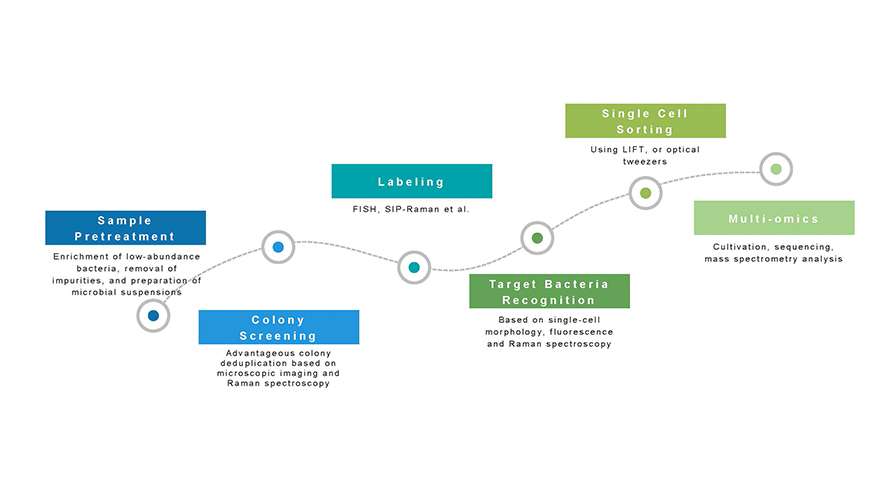
Utilizing the multi-modal, multi-scale microbial screening platform, we have established a comprehensive solution for microbia screening, encompassing the entire exerimental workflow. This includes sample preparation, single-cell morphological identification, visual-guided and precise single-cell isolation, in situ de-replication colony screening, as well as single cell sequencing and culture. During the sample preparation stage, magnetic nanoparticles can be employed to achieve effective enrichment of low-abundance strains. Subsequently, RAcolony High-Throughput Intelligent Colony Screening System enables higher species recovery with fewer picked colonies.
Meanwhile, for the uncultured microorganisms in the samples, phenotypic identification techniques such as stable isotope probing (SIP) and fluorescence in situ hybridization (FISH) can be used to label targeted microbiota as needed. This is followed by the use of the S3000 Ultra-fast Three-Dimensional Fluorescence Imaging System, P300 Laser Confocal Raman Spectrometer, PRECI SCS-R300 Raman Single-cell Sorter, or Scatcher Single-Cell Optical Tweezers Manipulation and Sorting System to observe morphology, detect fluorescence singnals, and analysis Raman spectroscopy. Targeted microbiota can be precisely isolated into lysis buffer, culture medium, or matrix solution for mass spectromery using PRECI SCS Single-cell Sorter or the Scatcher Single-Cell Optical Tweezers Manipulation and Sorting System. This process facilitates single-cell multi-omics research.
-

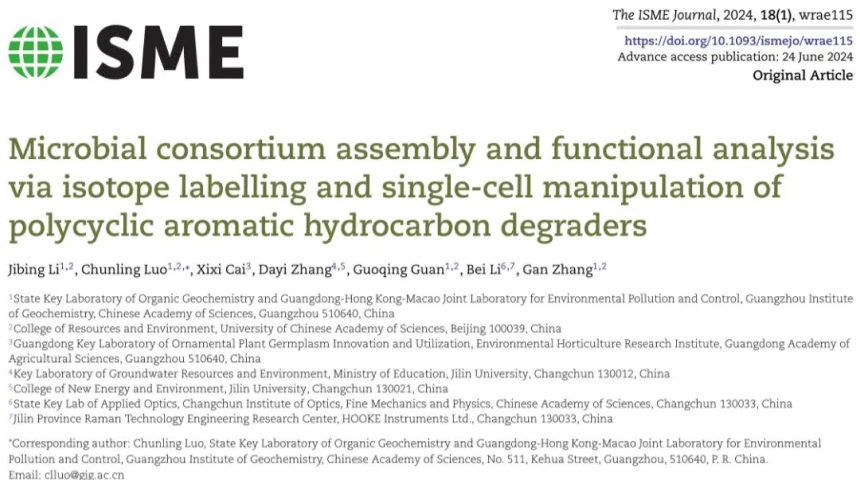 The ISME Journal丨Microbial consortium assembly and functional analysis via isotope labelling and single-cell manipulation of polycyclic aromatic hydrocarbon degraders2024.11.06
The ISME Journal丨Microbial consortium assembly and functional analysis via isotope labelling and single-cell manipulation of polycyclic aromatic hydrocarbon degraders2024.11.06 -

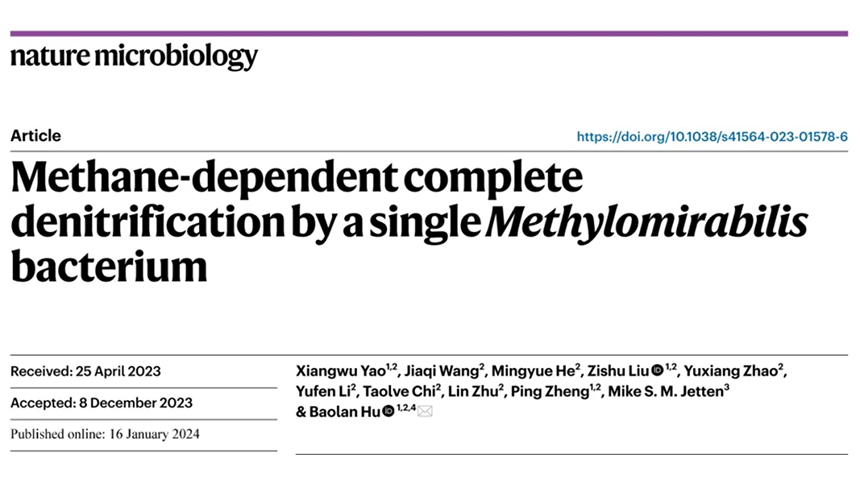 Nature Microbiology丨Methane-dependent complete denitrification by a single Methylomirabilis bacterium2024.03.08
Nature Microbiology丨Methane-dependent complete denitrification by a single Methylomirabilis bacterium2024.03.08 -

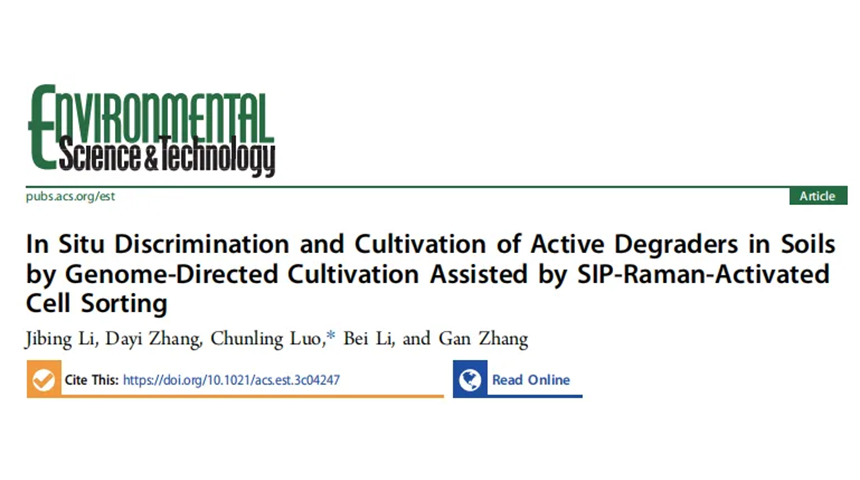 Environmental Science & Technology丨In Situ Discrimination and Cultivation of Active Degraders in Soils by Genome-Directed Cultivation Assisted by SIP-Raman-Activated Cell Sorting2023.12.27
Environmental Science & Technology丨In Situ Discrimination and Cultivation of Active Degraders in Soils by Genome-Directed Cultivation Assisted by SIP-Raman-Activated Cell Sorting2023.12.27 -

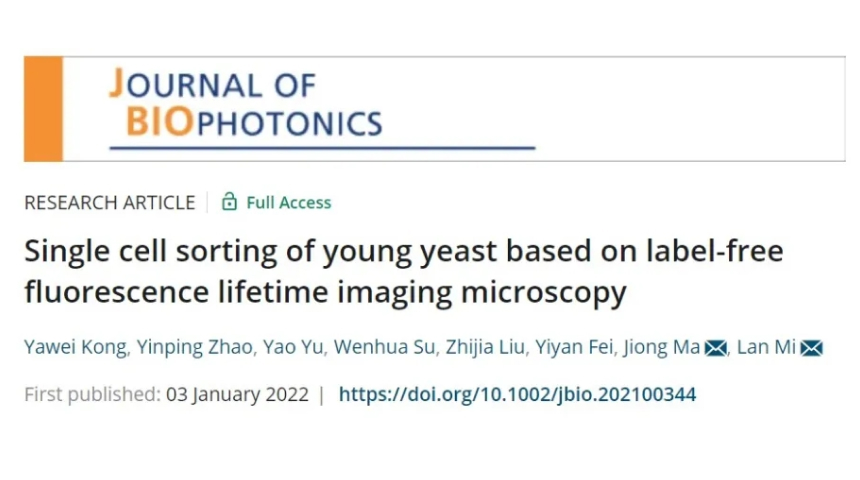 Journal of Biophotonics丨Single Cell Sorting of Young Yeast Based onLabel-free Fluorescence Lifetime Imaging Microscop2022.02.18
Journal of Biophotonics丨Single Cell Sorting of Young Yeast Based onLabel-free Fluorescence Lifetime Imaging Microscop2022.02.18 -

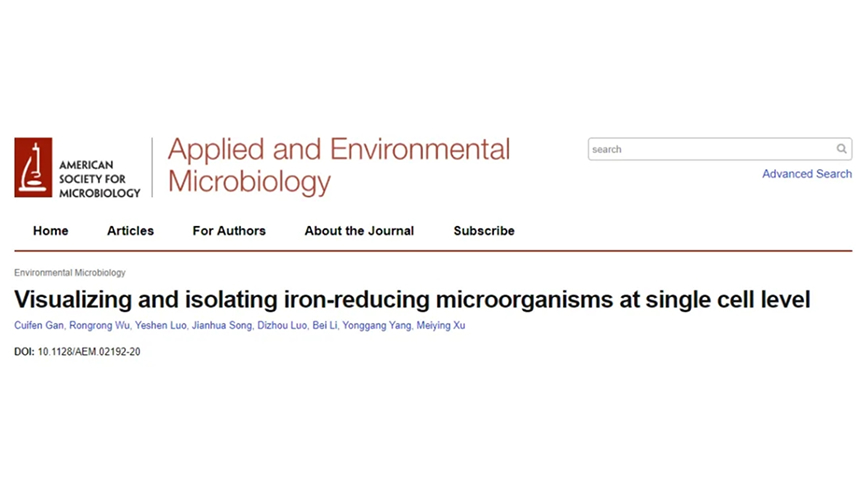 Applied and Environmental Microbiology丨Visualizing and isolating iron-reducing microorganisms at single cell level2020.12.18
Applied and Environmental Microbiology丨Visualizing and isolating iron-reducing microorganisms at single cell level2020.12.18













